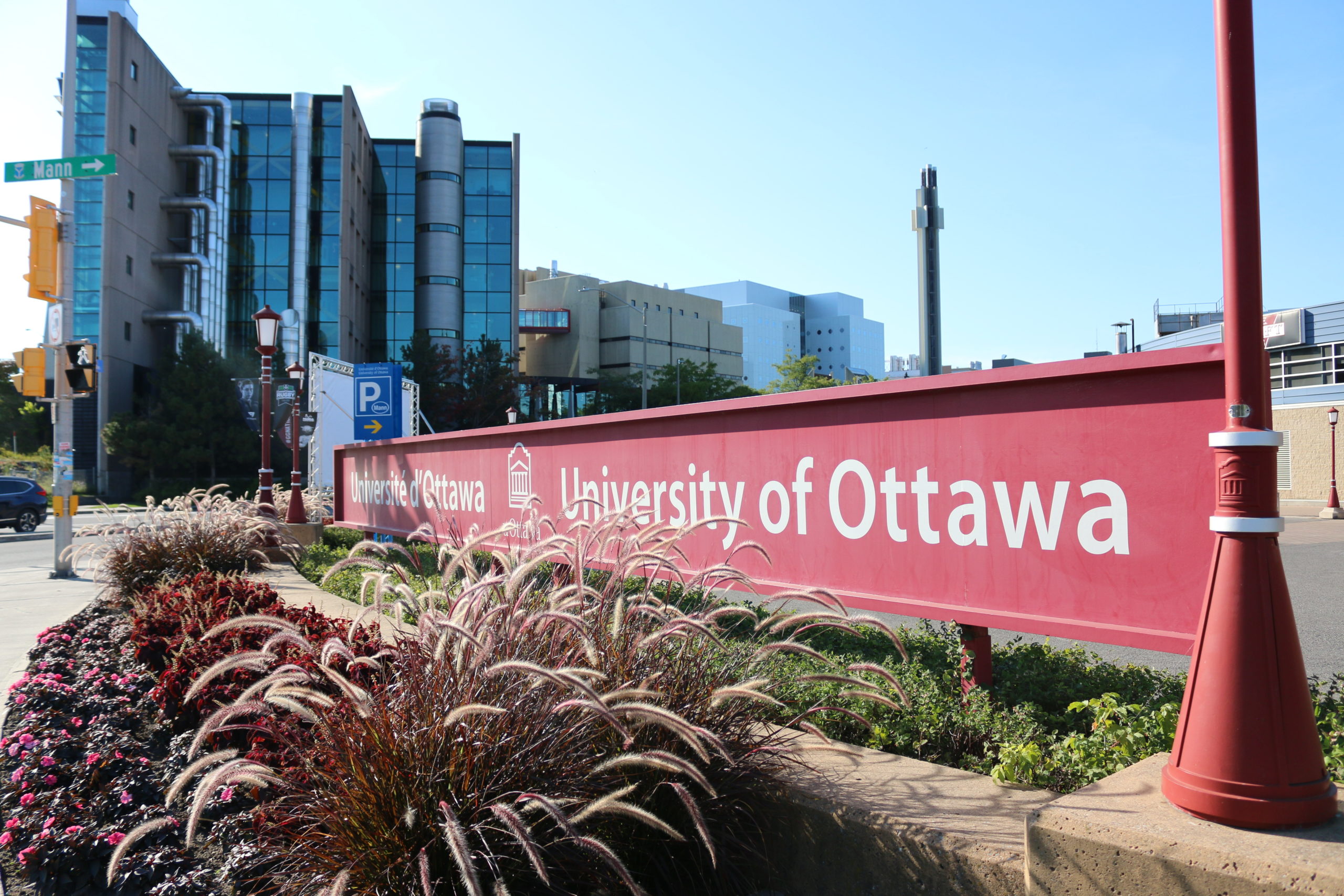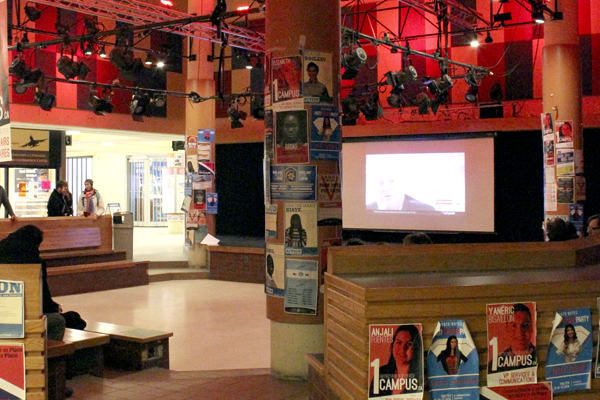Coalition members largely expressed dissatisfaction with bimodal learning format at panel event
On Nov. 10, the Inter-union Coalition of the University of Ottawa (ICUO) held a panel discussion on bimodal courses. The panel was hosted by Ann-Marie Roy of the Association of Professors of the University of Ottawa (APUO).
Panelists for the event included Isabelle Perreault, an associate professor in the department of criminology, Luc Angers of the Association of Part-Time Professors of the University of Ottawa (APTPUO), PhD candidate and U of O teaching assistant Nesrine Cherif and University of Ottawa Students’ Union (UOSU) advocacy commissioner Armaan Kheppar.
In addition to the APUO, APTPUO and UOSU, the ICUO includes the Graduate Student Association (GSAÉD), Local 2626 of the Canadian Union of Public Employees (CUPE 2626), the Support Staff of the University of Ottawa (SSUO), and the University of Ottawa IT Professionals.
The ICUO raised concerns about the quality of education delivered by bimodal format in a press release ahead of the fall 2021 semester. The release read in part: “The bimodal format is widely considered a form of experimental learning, and is more commonly used in smaller class settings and with a number of in-class teaching assistants so as to ensure that students attending remotely receive the same quality of education as those attending in person.”
U of O students have expressed that they find the quality of learning online to be worse than in person, and a petition for qualitative grading has garnered over 2,600 signatures as of mid-November. The author of that petition, second-year international student Yara Elmasry described a single bimodal semester as being harder than the entirety of both her virtual semesters in the 2020-21 academic year.
The panel discussion began with statements from each panelist regarding their experiences with bimodal learning.
Cherif recounted her work as a TA guiding in-person labs with insufficient cameras for students attending virtually to see, leading in-person students to take on more responsibility to help their peers. “They [in-person students] will take your phone and they will make the angle so [students attending online] will be able to follow you, understanding the experiment. So [in person students] are studying and they are helping the TA to deliver the course.”
Cherif says after a frustrating first two weeks she went to her supervising professor to request that the lab be made in-person for all students. This request was brought to the faculty’s dean who said to put the proposal to the students. The proposal passed with just one student dissenting.
For his part, Kheppar shared the student perspective: “The student consensus is that bimodal isn’t working. As per our extensive consultation, students have expressed that they are experiencing a diminished quality of post secondary education. And this isn’t fair because we’re paying historically high rates for our tuition, and we’re being delivered something that simply isn’t cutting it.”
The panel went on to take questions from the audience, which hovered around 75 participants for the meeting’s hour-long duration.
Among those that chose to speak was professor Alain St-Amant from the faculty of science, who said that bimodal was working for him. St-Amant spoke with the Fulcrum earlier in the semester to express the same positive sentiments of the format.
“Some kids can’t be in the Ottawa region and we can’t ignore that. Now, I’d love to see some statistics from the student union, like who are these dissatisfied students? What are the classes, because I ran an anonymous survey and the satisfaction rate was incredibly high. So I try to get away from the anecdotal. Try to come up with some meaningful stats and there’s some success stories out there,” he said.
Roy responded to St-Amant saying, “I think that one of the points that’s becoming pretty apparent and obvious. The exchanges that we’re having through this panel is that there appears to be discrepancies from one faculty to the next in terms of the resources allocated to support bimodal courses, their development and their delivery.”
Roy then handed the comments off to Kheppar, who addressed St-Amant’s request for statistics.
“The UOSU actually put out a survey asking students how they feel the quality of their education has changed with the University’s current online learning format. I cannot remember the specific percentage but I think it was close to 80 per cent of students who shared that the quality of education has actually diminished since the University has tried all these experimental online learning formats.”
Kheppar continued: “We recognize that not all students are in Ottawa, or can afford to be in Ottawa, or it’s just not a possibility for them right now. That’s why we’re supportive of the continuation of online classes.”
“I know we don’t have hard date data to back it up, but we’ve consulted RSGs, we’ve consulted our board, and we’ve consulted several student groups and clubs, and the vast majority of our consultation has showed us that bimodal is simply confusing and isn’t very effective for most students. While there is definitely a minority who might appreciate bimodal, for the vast majority of us it really isn’t working and this has been a very frustrating experience.”
“That’s why [UOSU is] trying to make sure that online courses can continue for those that need them; however, they should be separated from in-person courses and that way professors can better cater to courses for whatever environment that they’re going to be instructed in,” Kheppar said.





